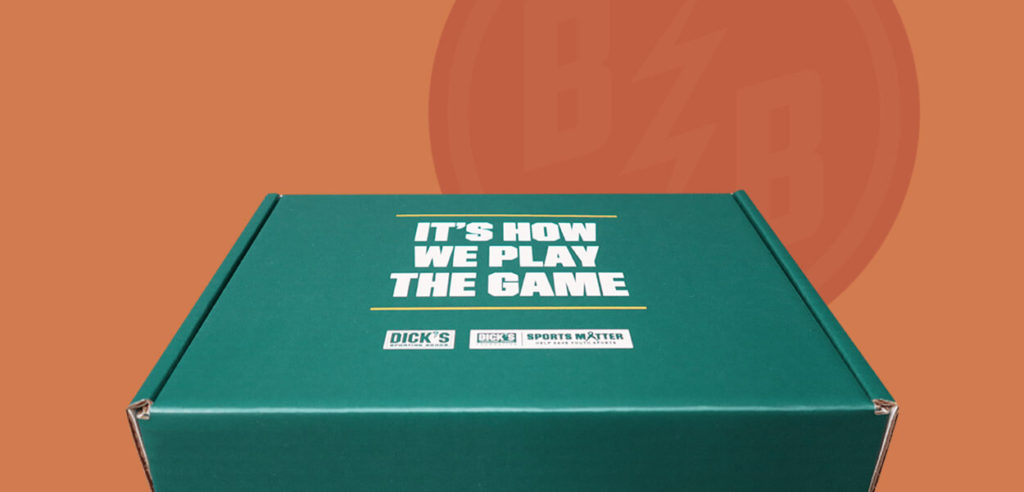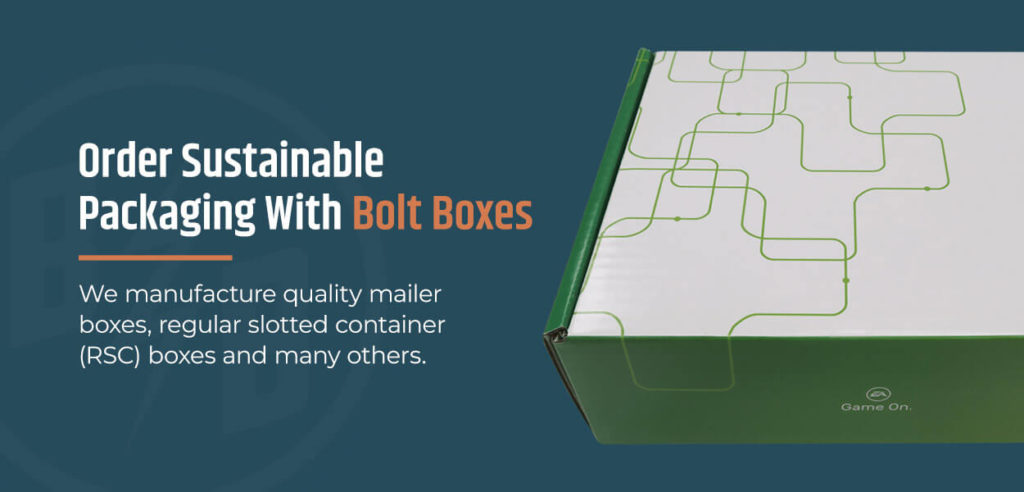
If anything is evident about the modern packaging industry, it’s that the value of sustainable packaging outweighs the convenience of outdated plastics. Sustainable packaging involves the use of compostable and biodegradable materials, waste reduction and custom design solutions. If your company is considering a switch to sustainable packaging, keep reading to learn about why making this decision can save money and raise the value of your products.
When you ship your product to a store or online buyer, you use packaging to protect and market your product. Packaging waste is the parts of the packaging the consumer throws away, destined for a landfill where it has significant pollutant effects on our environment.
Packaging is the largest market use for plastic, resulting in almost half of the plastic waste produced worldwide. In the U.S. alone, we had 35.7 million tons of plastic in 2018. The use of plastic in packaging is a serious environmental issue, and packaging companies and their customers must look at effective alternatives to reduce the plastic pollution packaging creates.
One element of choosing sustainable packaging is doing the right thing for the environment. The other is the customer. More consumers are concerned with buying from eco-friendly manufacturers and often consider a company’s environmental footprint before purchasing.
Packaging waste is a broad term that can refer to several materials. If it ends up in a landfill, you can consider it packaging waste. Some of the most common forms of packaging waste include the following:
These are just a few packaging waste examples, some of which we can recycle.
The packaging consumers receive the last piece in a long and detailed life cycle of packaging waste. To understand how much waste a product can generate, we need to consider the product life cycle as a whole. Some examples of packaging waste in the product life cycle include the following:

Eco-friendly packaging is currently popular because it has a lot to offer businesses, consumers and the ecosystem. The future of packaging is green, and sustainable materials will continue to improve in the coming years as more companies focus on eco-friendly practices. Eight of the largest sustainable packaging benefits are:
More consumers are concerned with making environmentally conscious choices and using eco-friendly packaging instead of plastic polymers that are harmful to the earth. Consumers like to know that your brand is committed to protecting the environment. Many people prefer to shop for brands that market their products and packaging as sustainable and eco-friendly. The younger generations are especially motivated to buy green products, which they will often select over traditional competitors.
Demand is an important factor if you are considering a switch to sustainable packaging materials. Gaining the favor of more consumers could help your business expand. You can also try marketing your sustainability to appeal to a wider range of customers.
Sustainable packaging has a high level of cost efficiency, and like many other companies, you may find that you can save money on your packaging if you select high-quality eco-friendly materials. Sustainable materials are designed to be lightweight, which reduces your shipping costs and allows you to focus more on the weight of your products. Sourcing recycled materials can also reduce the expenses of your packaging.

Your carbon footprint is a measure of carbon dioxide (CO2) emissions from your company’s fossil fuel consumption. You can reduce your CO2 emissions by limiting or reducing your packaging materials and using more raw, sustainable and recyclable packaging. Using sustainable materials in your products and packaging will reduce your company’s carbon footprint, which has many advantages.
With a lower carbon footprint, you will:
Sustainable packaging is high-efficiency and provides a lot of space. It is also customizable, so each product will have appropriately sized packaging. Having more space for products allows for these benefits:
Companies can use alternative sustainable packaging materials such as bioplastics to replace traditional materials to benefit the wellness of employees and consumers. Sustainable packaging is designed to be non-toxic and many types are also allergy-free for those who have common allergies. These packaging options are extensive and widely available, benefiting consumers who want to avoid contact with certain materials.
Many consumers want to be more aware of what materials are potentially carcinogenic and are concerned about the composition of the materials they regularly interact with. Health and safety are concerns for your customers as much as environmentally friendly disposal practices. You can be fully transparent about your sustainable packaging and how you are working to ensure the safety of your customers.
When you use lightweight sustainable packaging, you save money on several aspects of your company’s typical spending habits, including utilities. Your company can save on energy costs by making use of green packaging, but you can also reduce the amount of waste produced by your packaging.
Using sustainable packaging reduces your:
Recyclable plastics are better for the environment than plastic that goes directly into landfills and oceans. The best kind of packaging materials for the environment are fully compostable or decomposable. Making use of post-consumer materials limits your need to rely on plastics, which have been used for decades despite their inability to break down naturally in a safe timeframe.
Plastics come with many issues, and their potential for pollution is one of the greatest problems. Even when these materials do begin to break down into microplastics, they can leech chemicals into the environment and contaminate marine habitats. Alternative packaging made from renewable resources like paper materials is popular in the modern market. They make plastic packaging unnecessary, especially when consumers are interested in wasting less plastic.
The customization options for cardboard and other biodegradable packaging types are impressive, with possibilities including personalized printing, design and dimensions. All of these capabilities make sustainable packaging highly competitive.
Customizable, sustainable packaging can help your company in the following ways:
Understanding the benefits of sustainable packaging and reducing waste is one thing, but putting it into practice is another. There are several steps you can take to smooth the transition and reduce packaging waste, including the following:

At Bolt Boxes, we have a variety of packaging types, printing options and sizing for all types of products. We manufacture quality mailer boxes, regular slotted container (RSC) boxes and many others. Contact us about our product packaging or request a quote today!